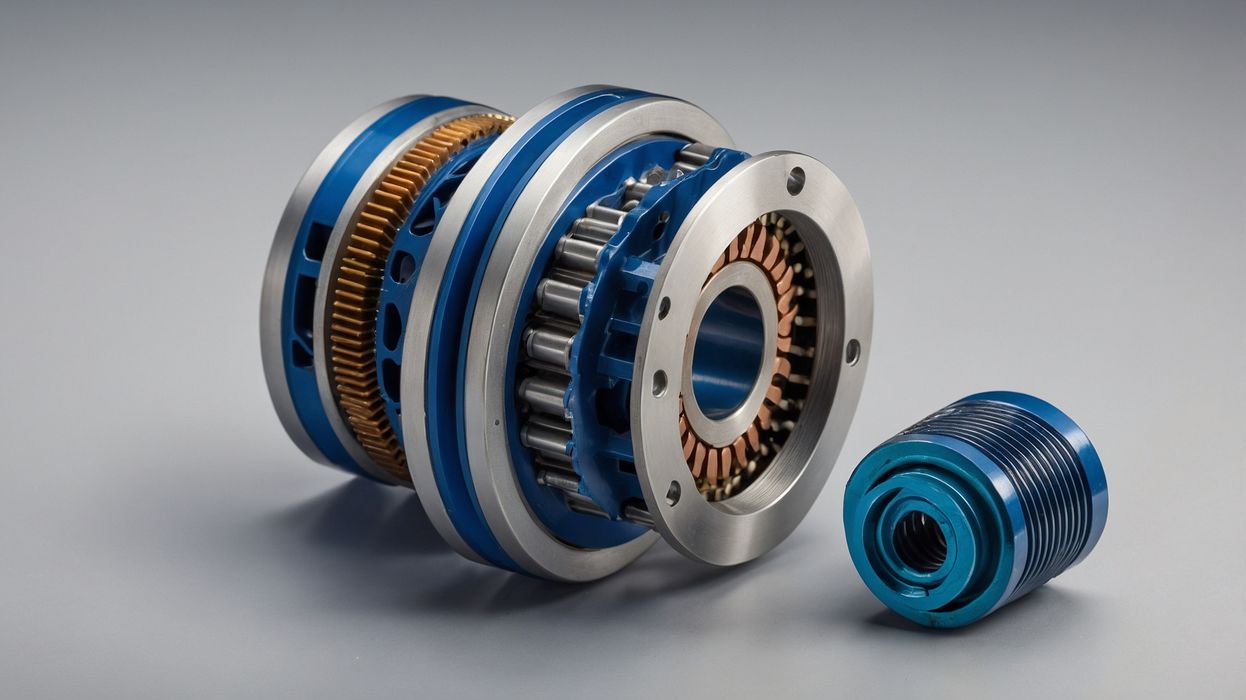
There’s another potentially large market for 3D printed parts that few seem to talk about.
The big applications for 3D printing tend to fall into spaces where parts are specialized and already expensive, the opposite of mass manufacturing. These would include medical implants, dental appliances, rocket engines, aerospace parts, automotive items, prototyping, etc.
In manufacturing jigs and fixtures are an increasingly frequent use of the technology. 3D printing allows factory floor workers to identify more optimal ways to get their tasks done, and can quickly design and print new jigs and fixtures for those ideas. Often these can significantly increase the efficiency of manufacturing operations.
There’s another application that’s less known: Surrogate Parts.
A surrogate part is a temporary part that can be used in the design, testing, or assembly process, instead of the actual part. Why do so? It’s because sometimes the “real” part is delicate, expensive or even unavailable, and the surrogate part temporarily replaces the part.
This can be an ideal approach for testing fit and the assembly process: the part can be installed without fear of damaging the real and expensive part.
Another benefit is for function testing. The surrogate part allows for certain mechanical functions or assembly processes without using the final materials, which might require more careful handling or be more costly.
With expensive or unavailable parts it’s hard to develop processes. Here surrogate parts can be used to develop and refine manufacturing processes, such as machining, welding, or assembly line setups, without the need for final-spec materials.
Finally, surrogate parts are useful in training workers on assembly or maintenance tasks without the risk associated with using the final, more costly components.
For some years now I often hear 3D printer manufacturers talk about “jigs and fixtures”, but perhaps they should talk a bit more about surrogate parts. There could be potential applications for this approach, if manufacturers were aware 3D printing could easily produce surrogate parts.
